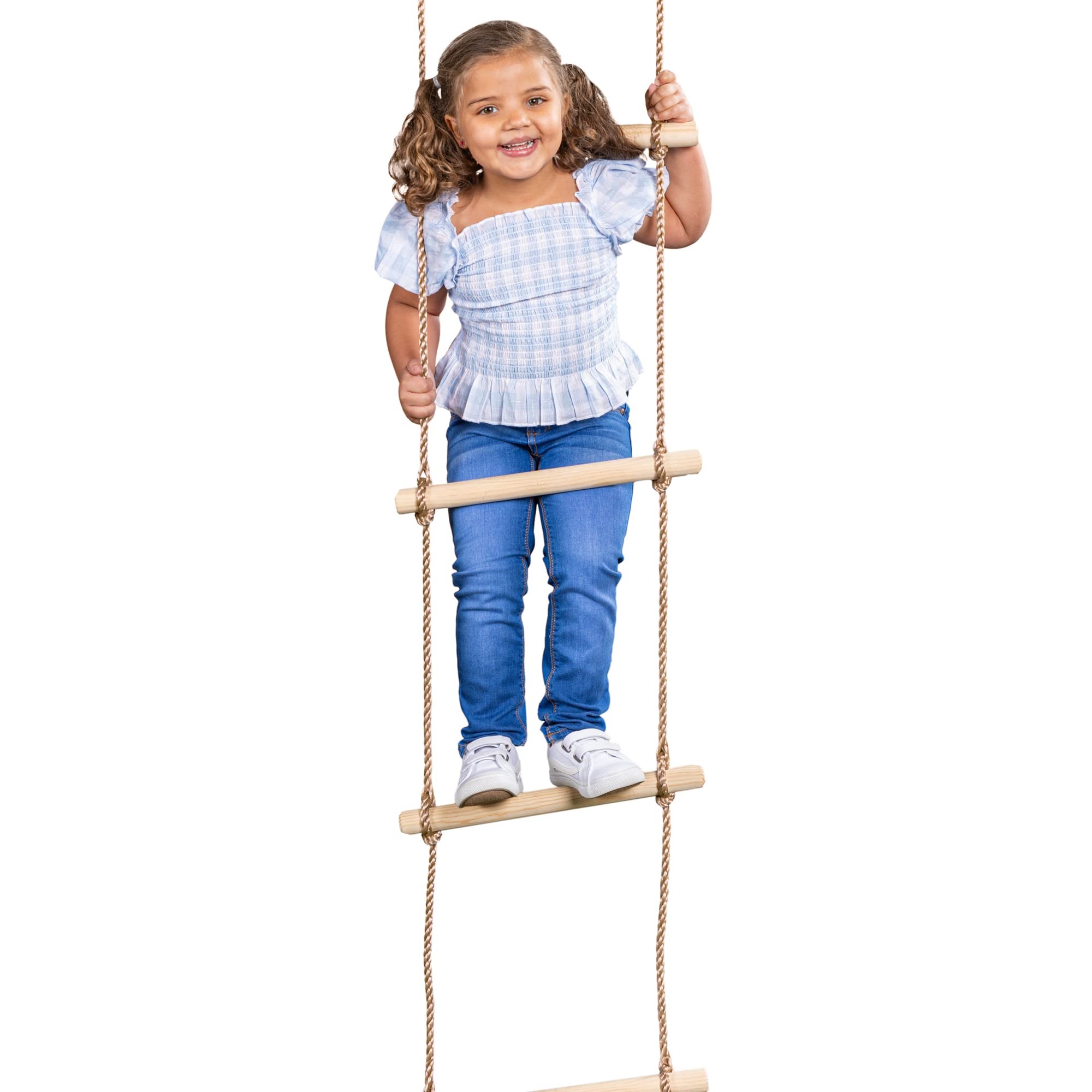

Articles
How To Climb Rope Ladder
Modified: October 18, 2024
Learn how to climb a rope ladder with our step-by-step articles. Gain the skills and confidence you need to conquer any challenge.
(Many of the links in this article redirect to a specific reviewed product. Your purchase of these products through affiliate links helps to generate commission for Storables.com, at no extra cost. Learn more)
Introduction
Welcome to the world of rope ladder climbing! Whether you’re an adventurous soul seeking new challenges or simply looking to add excitement to your outdoor activities, mastering the art of climbing a rope ladder can open up a whole new realm of possibilities. From treehouses to obstacle courses, rope ladders are a versatile and thrilling form of vertical ascent. But before you grab hold of those rungs and start your journey to new heights, it’s important to learn the proper techniques and safety precautions involved.
In this comprehensive guide, we’ll walk you through the step-by-step process of climbing a rope ladder like a pro. You’ll discover how to choose the right ladder, prepare yourself mentally and physically for the climb, secure the ladder safely, and maintain a firm grip as you ascend and descend. Additionally, we’ll discuss essential safety tips and precautions to ensure a successful and injury-free climbing experience. So, let’s get started and conquer the rope ladder!
Key Takeaways:
- Choose the right rope ladder by considering length, material, weight capacity, rung design, attachment points, and portability for a safe and enjoyable climbing experience.
- Prioritize safety by inspecting the ladder, wearing appropriate safety gear, avoiding adverse weather, communicating with others, and knowing your physical limits to enjoy the thrill of rope ladder climbing.
Read more: How To Store Climbing Rope
Step 1: Choosing the Right Rope Ladder
Choosing the right rope ladder is crucial for a safe and enjoyable climbing experience. Here are some factors to consider when selecting a rope ladder:
- Length: The length of the ladder should be determined based on the height you need to climb. Measure the distance from the ground to the lowest point where you want to access and choose a ladder that is long enough to reach that height.
- Material: Rope ladders are typically made from nylon or polyester. Nylon is known for its strength and durability, while polyester is resistant to mildew and UV damage. Consider your specific needs and environmental conditions to determine the best material for your ladder.
- Weight Capacity: Check the weight capacity of the ladder to ensure it can support your body weight plus any additional equipment or gear you may be carrying during the climb. It’s important to choose a ladder with a weight capacity that exceeds your weight.
- Rung Design: Look for a ladder with sturdy and non-slip rungs. The rungs should be evenly spaced and securely attached to the ladder to provide stable footing as you climb.
- Attachment Points: Consider the attachment points of the ladder. Some ladders have hooks or carabiners at the top for easy attachment to a tree branch or other support structure, while others may require additional hardware for secure fastening.
- Portability: If you plan on using the ladder for various locations or outdoor adventures, choose a ladder that is lightweight and easy to transport. Look for compact and foldable designs that can be conveniently packed or stored.
By taking these factors into account, you can ensure that you select a rope ladder that is safe, sturdy, and suitable for your specific climbing needs. Once you have chosen the right ladder, it’s time to move on to the next step: preparing for the climb.
Step 2: Preparing the Climb
Before ascending the rope ladder, it’s essential to properly prepare yourself both mentally and physically. Here are some important steps to follow:
- Warm-Up Exercises: Engage in some light warm-up exercises to loosen up your muscles and increase blood circulation. This will help prevent injuries and improve your overall performance during the climb. Focus on stretching your arms, shoulders, and legs.
- Check Your Equipment: Inspect the ladder for any signs of damage or wear. Ensure that all the rungs are securely attached and that the ropes or straps are in good condition. It’s important to have a reliable and well-maintained ladder for a safe climbing experience.
- Choose Appropriate Attire: Wear comfortable clothing that allows for a full range of motion. Opt for non-restrictive and moisture-wicking fabrics to keep you cool and dry during the climb. Avoid loose clothing that could get caught in the ladder.
- Wear Proper Footwear: Select sturdy and non-slip footwear to provide good traction while climbing. Avoid wearing sandals or open-toe shoes that may cause slips or injuries.
- Mental Preparation: Mentally prepare yourself for the climb by visualizing a successful ascent. Calm your mind and focus on the task at hand. Stay positive and confident in your abilities.
- Inform Others: Let someone know about your climbing plans, including the location and estimated duration of your activity. This is important for safety purposes in case of any unforeseen circumstances.
By following these simple yet crucial steps, you’ll be fully prepared and ready to take on the challenge of climbing a rope ladder. Now that you’re mentally and physically prepared, let’s move on to the next step: securing the ladder in place.
Step 3: Securing the Ladder
Securing the ladder properly is essential to ensure stability and safety during your climb. Follow these steps to securely fasten the ladder:
- Choose a Stable Anchor Point: Select a sturdy and secure anchor point for your ladder. This could be a tree branch, a beam, or any other stable structure that can support your weight. Make sure the anchor point is strong enough to hold the ladder and provide a stable base.
- Inspect the Anchor Point: Check the integrity of the anchor point. Look for any signs of decay, damage, or instability. Ensure that it can withstand the weight and pressure exerted during the climb.
- Attach the Ladder: Fasten the ladder securely to the anchor point using the appropriate attachment method. If your ladder has hooks or carabiners, make sure they are properly attached to the anchor point. If additional hardware is required, such as straps or ropes, ensure they are tightly secured.
- Test Stability: Before fully committing to the climb, give the ladder a slight shake to test its stability. If it feels wobbly or insecure, recheck the attachment and make necessary adjustments. It’s important to have a stable ladder to minimize the risk of accidents.
- Clear the Area: Ensure that the area around the ladder is clear of any obstacles or hazards. Remove any debris, branches, or other objects that may interfere with your climb or cause tripping hazards.
By following these steps, you can ensure that your ladder is securely fastened and ready for your climb. Taking the time to properly secure the ladder will provide you with the necessary stability and peace of mind during your ascent. Now that the ladder is secure, let’s move on to the next step: the proper gripping technique.
Step 4: Proper Gripping Technique
The way you grip the ladder plays a vital role in maintaining control and stability while climbing. Follow these guidelines for a proper gripping technique:
- Firm Grip: Grab the ladder firmly with both hands, placing your palms around the rungs. Ensure that your grip is secure but not too tight, allowing for flexibility and movement.
- Hand Placement: Position your hands evenly spaced apart on the ladder rungs. This will provide stability and balance as you ascend or descend. Avoid gripping the ladder with just your fingertips, as this can lead to slips and falls.
- Keep Arms Straight: While climbing, try to keep your arms straight as much as possible. This will help distribute your weight evenly and reduce strain on your upper body muscles.
- Avoid Overreaching: As you progress up the ladder, avoid reaching too far ahead. Take one step at a time, maintaining a secure grip on the ladder. Overreaching can throw off your balance and increase the risk of accidents.
- Use Legs for Support: Engage your leg muscles to aid in the climbing process. Push off with your legs to provide additional support and stability while ascending. This will also help ease the strain on your arms and upper body.
- Look Ahead: Keep your eyes focused on the rungs above you, rather than looking down. Maintaining a forward focus will help you anticipate the next step and maintain balance throughout the climb.
By following these gripping techniques, you’ll be able to maintain control and stability as you climb the rope ladder. Remember to practice these techniques before attempting more challenging climbs. Now that you have a solid grip, let’s move on to Step 5: ascending the ladder!
Wear gloves to protect your hands and improve grip while climbing a rope ladder. This will help prevent blisters and make the climb easier.
Read more: How To Climb A Ladder
Step 5: Ascending the Ladder
Now that you have a firm grip and proper gripping technique, it’s time to start ascending the ladder. Follow these steps to climb the rope ladder safely:
- Step Placement: Begin by placing one foot on the first rung of the ladder. Ensure that your entire foot is securely positioned on the rung for stability. Use your arms and leg muscles to push yourself up.
- Alternate Foot Placement: As you ascend the ladder, alternate the placement of your feet on each rung. This will help maintain a steady rhythm and distribute your weight evenly.
- Take It Slow: Climb the ladder at a comfortable pace, focusing on maintaining balance and control. Avoid rushing or skipping steps, as this can increase the risk of slips or falls.
- Engage Your Core: Keep your core muscles engaged as you climb. This will help provide stability and support to your upper body, assisting in maintaining balance.
- Resting Points: Take short breaks on wider rungs if needed to rest and regain your strength. However, avoid staying in one position for too long, as this can lead to muscle fatigue. Use these resting points strategically during your climb.
- Stay Centered: Aim to stay centered on the ladder as you ascend. This will help distribute your weight evenly and maintain balance. Avoid leaning too much to one side, as it can destabilize the ladder.
- Keep Looking Ahead: Maintain your focus on the rungs above you as you climb. This will help you anticipate the next step and maintain a steady pace.
By following these steps, you’ll be able to ascend the rope ladder with confidence and safety. Take your time and stay focused on the task at hand. Now that you’ve mastered ascending, let’s move on to Step 6: descending the ladder.
Step 6: Descending the Ladder
Descending the ladder requires careful attention and a controlled approach. Follow these steps to safely descend the rope ladder:
- Maintain a Firm Grip: Ensure that you have a secure grip on the ladder rungs with both hands before starting your descent. This will provide stability and control as you descend.
- Place your Feet: Slowly lower one foot to the next rung, ensuring that your entire foot is securely positioned before shifting your weight. Take your time and focus on each step to maintain balance.
- Alternate Foot Placement: As you descend, alternate the placement of your feet on each rung. This will help maintain a steady and controlled descent.
- Engage Your Core: Keep your core muscles engaged to maintain stability as you move downward. This will help you maintain control and balance during the descent.
- Control the Speed: Descend at a controlled and comfortable pace. Avoid rushing or sliding down the ladder, as this can lead to loss of control and potential injuries.
- Look Ahead: Keep your eyes focused on the rungs below you as you descend, rather than looking down. This will help you anticipate each step and maintain balance.
- Lower Yourself Gradually: Lower your body gradually as you descend, using your arms and leg muscles to support your weight. Avoid sudden jumps or drops, as this can result in loss of control.
- Use Resting Points: Take advantage of wider rungs or resting points as you descend. These points can provide a brief break and help you reposition your hands and feet.
By following these steps, you’ll be able to descend the rope ladder safely and efficiently. Remember to maintain a controlled pace and continue to focus on your grip and foot placement. Now that you’ve learned how to ascend and descend, let’s move on to Step 7: safety tips and precautions.
Step 7: Safety Tips and Precautions
While climbing a rope ladder can be an exhilarating experience, it is important to prioritize safety at all times. Here are some essential safety tips and precautions to keep in mind:
- Inspect the Ladder: Before each use, thoroughly inspect the ladder for any signs of wear, tear, or damage. Check the rungs, ropes, and attachment points to ensure they are in good condition.
- Choose a Suitable Location: Select a location for ladder climbing that is free from hazards and obstructions. Make sure the area is clear of branches, wires, or any other potential obstacles that may interfere with your climb.
- Consider Weight Capacity: Always adhere to the weight capacity specified by the ladder manufacturer. Overloading the ladder can compromise its integrity and increase the risk of accidents.
- Wear Safety Gear: Consider wearing a helmet, gloves, and appropriate footwear for added protection. Helmets can help protect your head in case of a fall, while gloves provide better grip and foot protection.
- Stay Centered and Balanced: Maintain a centered and balanced position on the ladder at all times. Avoid leaning too far to one side, as it can cause the ladder to tilt or tip over.
- Don’t Climb in Adverse Weather: Avoid ladder climbing in windy, rainy, or stormy conditions. Slippery surfaces or strong gusts of wind can jeopardize your safety and stability on the ladder.
- Communicate with Others: If you’re climbing with a group or someone else is present, maintain clear communication. Alert others when you are ascending or descending to prevent accidental collisions.
- Know Your Limits: Be aware of your own physical capabilities. If you feel fatigued, dizzy, or uncomfortable during the climb, take a break or stop altogether. Pushing yourself beyond your limits can lead to accidents.
- Practice Proper Climbing Techniques: Always use the proper gripping technique, maintain a controlled pace, and focus on your footing. Take your time and be mindful of your movements to minimize the risk of slips and falls.
- Have an Emergency Plan: In the event of an emergency or if you find yourself in an unsafe situation, have a plan in place. Know how to safely descend or seek assistance if needed.
By following these safety tips and taking the necessary precautions, you can enjoy your rope ladder climbing experience while keeping yourself protected. Remember, safety should always be the top priority. Now that you’re equipped with these safety measures, you’re ready to embark on your rope ladder climbing adventure with confidence!
Conclusion
Climbing a rope ladder can be an exciting and rewarding experience that allows you to conquer new heights and explore the world from a different perspective. By following the steps outlined in this guide and prioritizing safety, you can embark on your rope ladder journey with confidence and peace of mind.
Remember to start by choosing the right rope ladder that suits your needs and ensures your safety. Prepare yourself physically and mentally before each climb, and always double-check your equipment and attire. Secure the ladder properly to a stable anchor point, ensuring it is stable and secure before you begin your ascent.
While climbing, maintain a firm grip on the ladder using the proper gripping technique. Take your time, be mindful of your movements, and distribute your weight evenly as you ascend and descend. Be aware of your surroundings, use resting points strategically, and proceed at a comfortable pace.
Throughout the climb, always prioritize safety. Inspect your ladder before each use, wear appropriate safety gear, and avoid climbing in adverse weather conditions. Communicate with others if you’re climbing with a group, and be aware of your own physical limits.
By following these guidelines, you can enjoy the thrill and adventure of rope ladder climbing while minimizing the risks associated with this activity. Remember, safety should always be your top priority. So, go out there, conquer that rope ladder, and experience the joy of reaching new heights!
Frequently Asked Questions about How To Climb Rope Ladder
Was this page helpful?
At Storables.com, we guarantee accurate and reliable information. Our content, validated by Expert Board Contributors, is crafted following stringent Editorial Policies. We're committed to providing you with well-researched, expert-backed insights for all your informational needs.
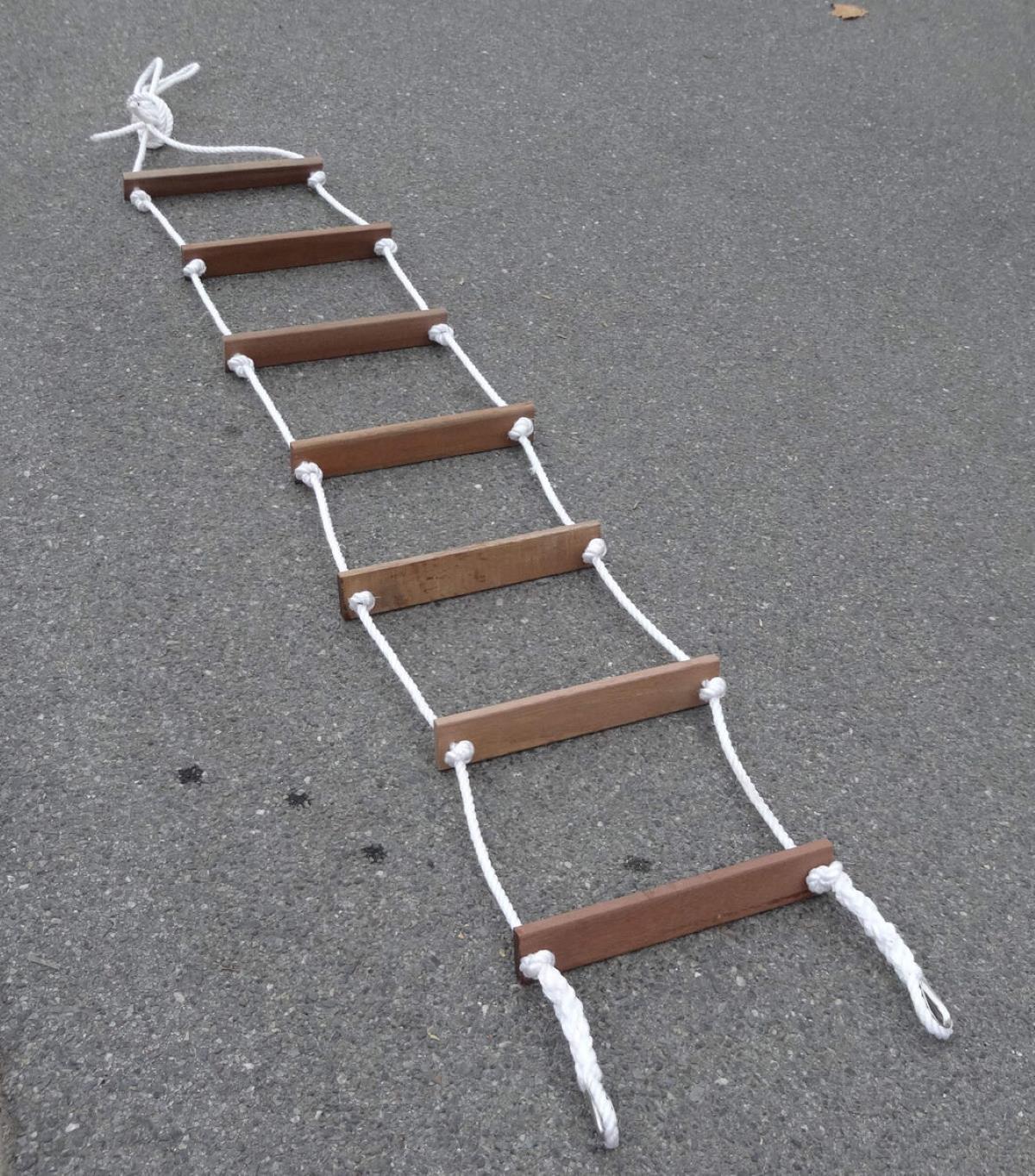
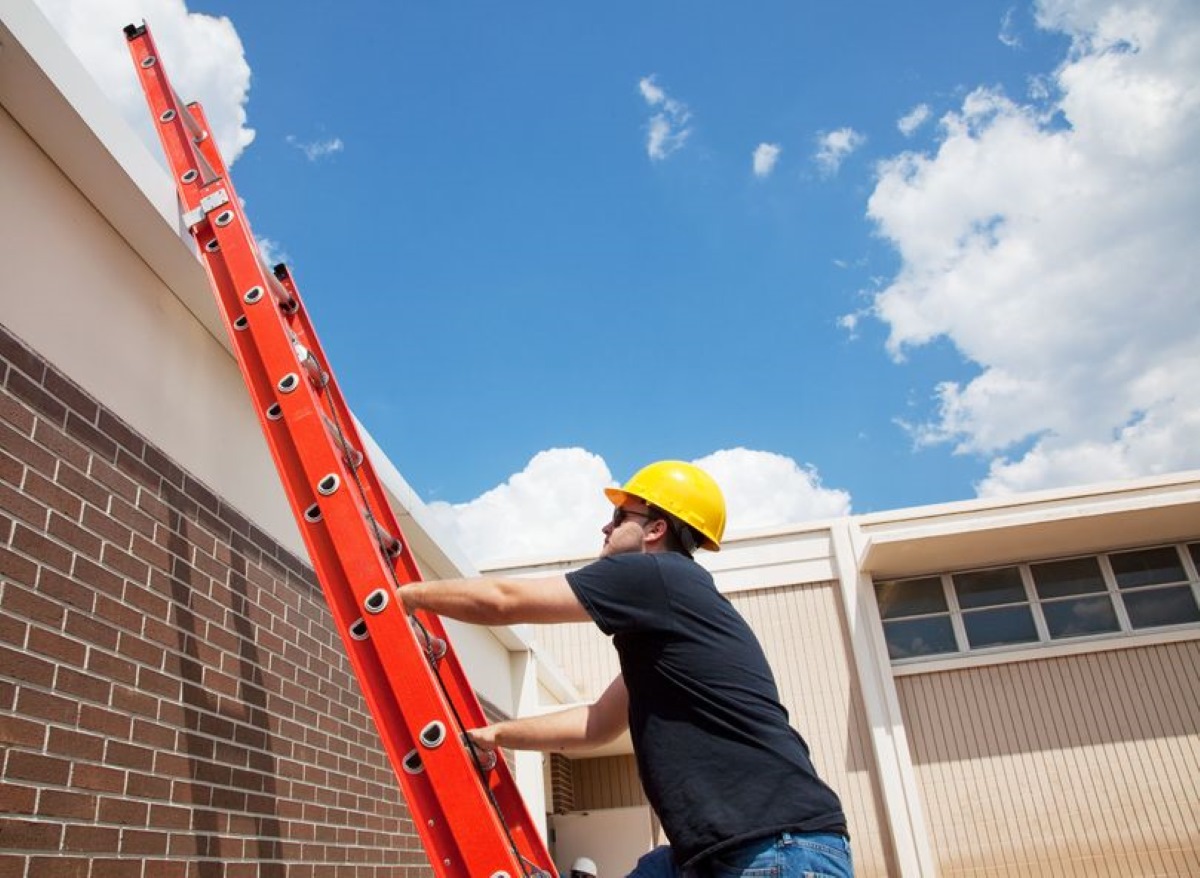
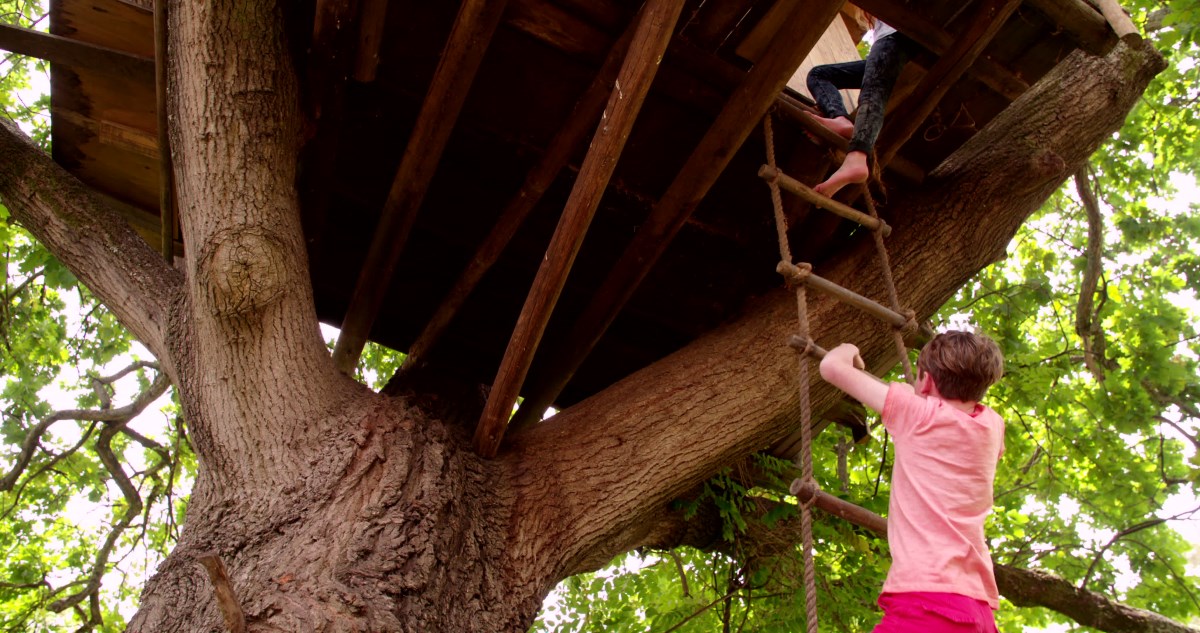
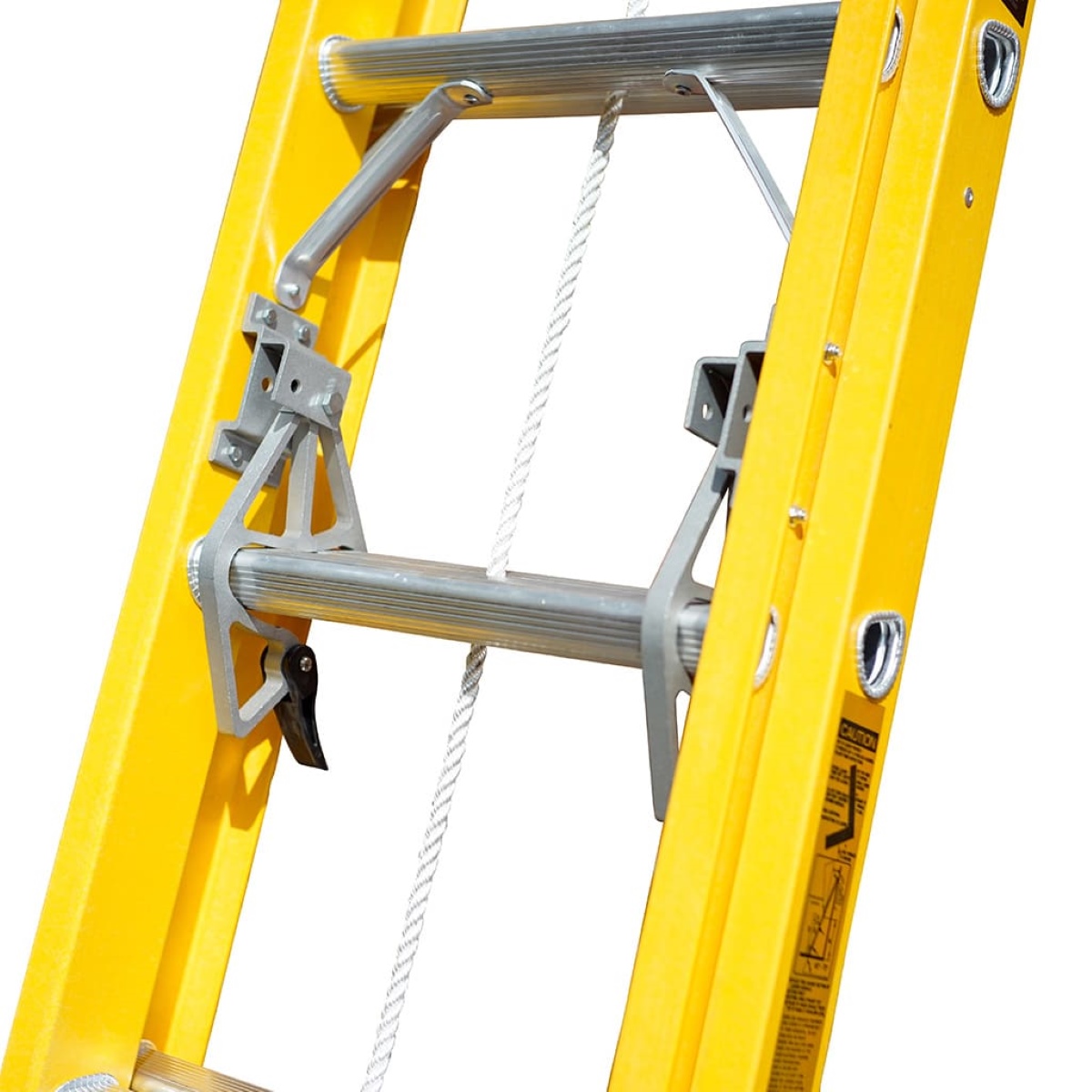
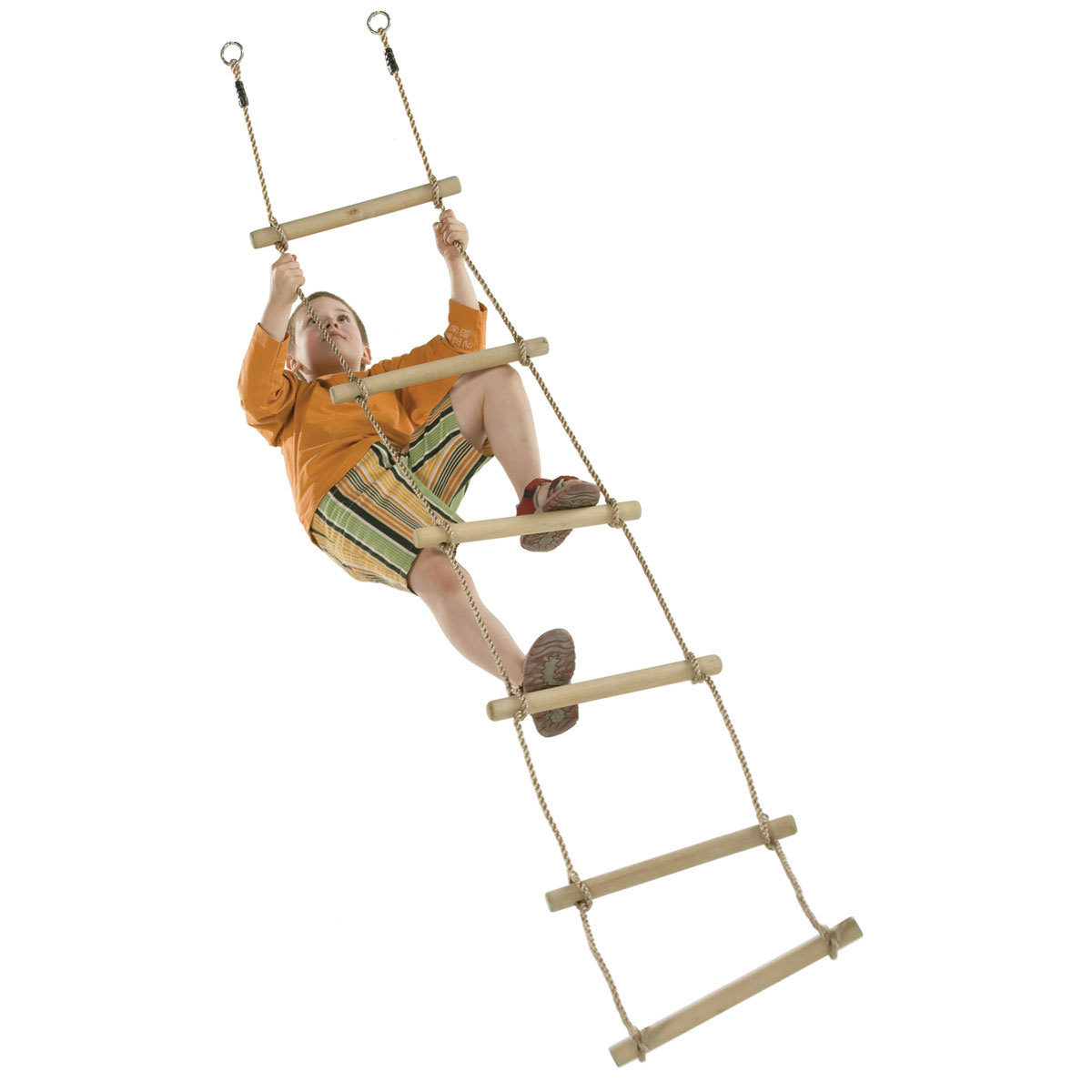
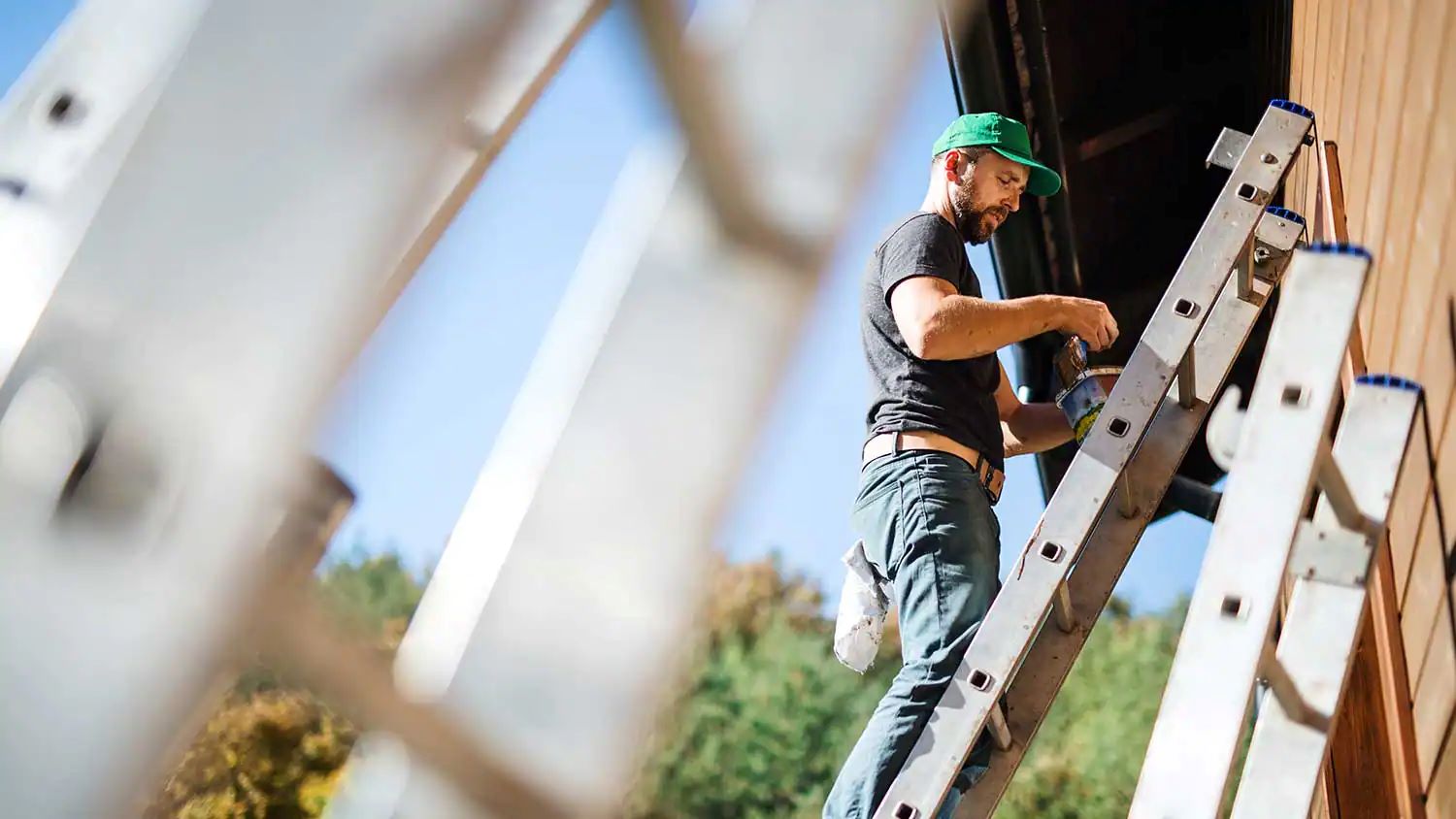

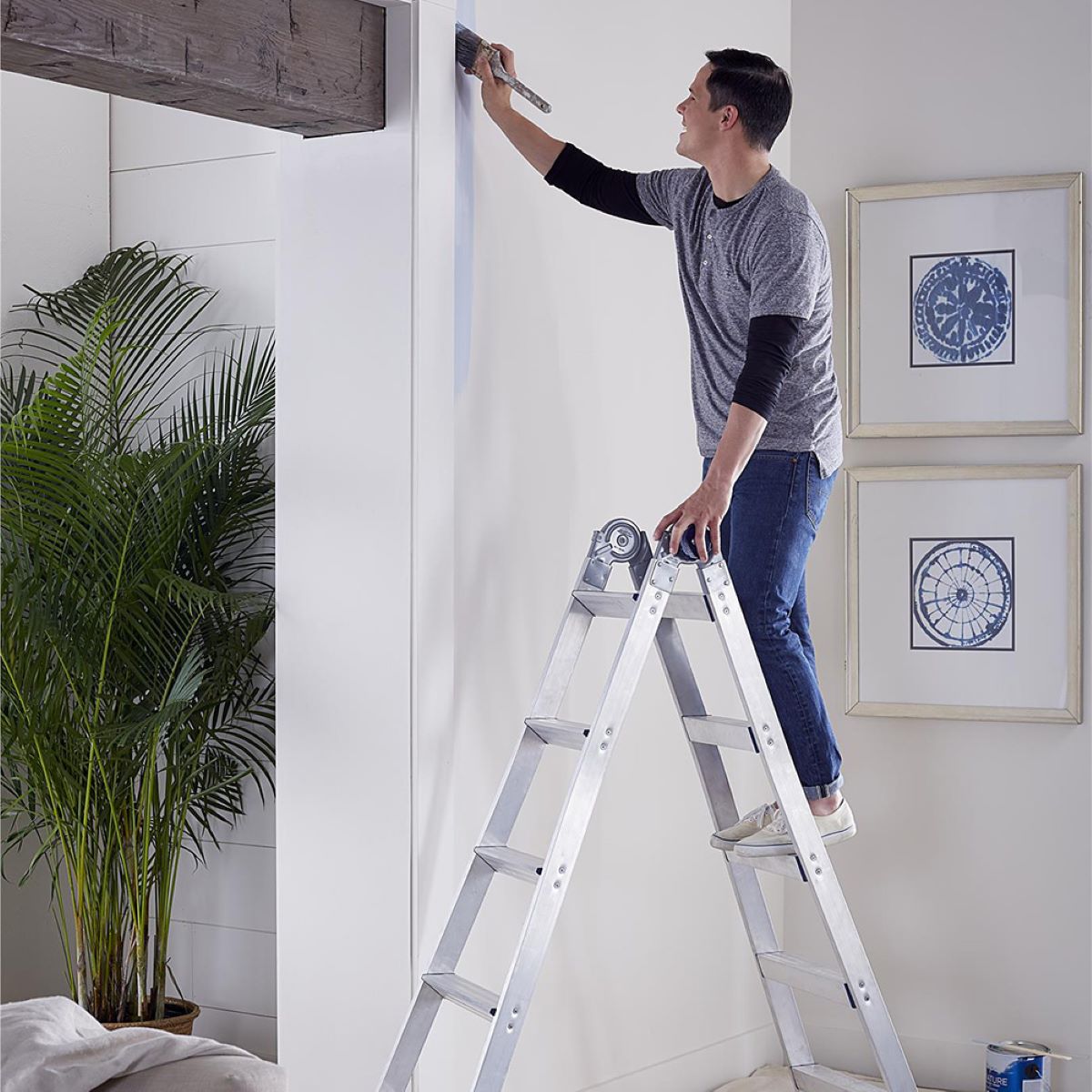
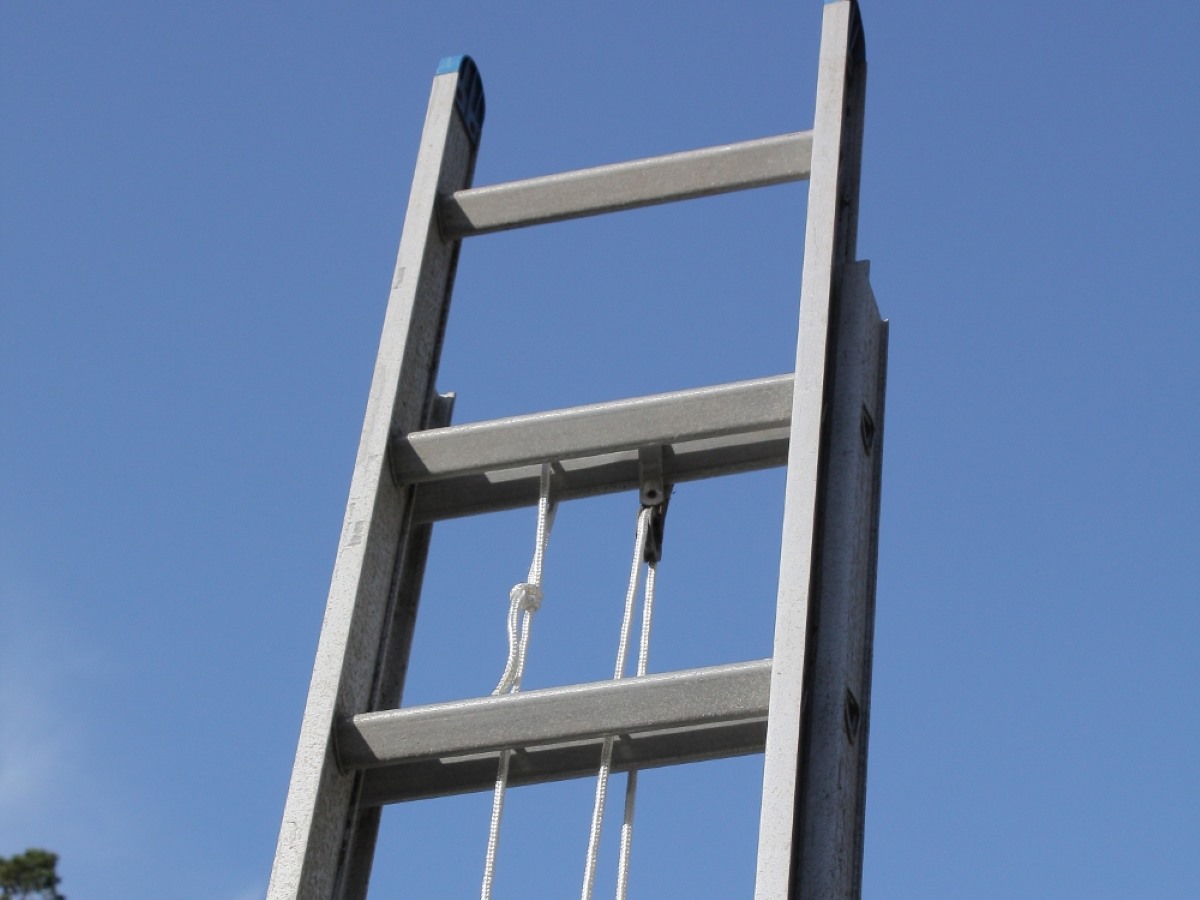
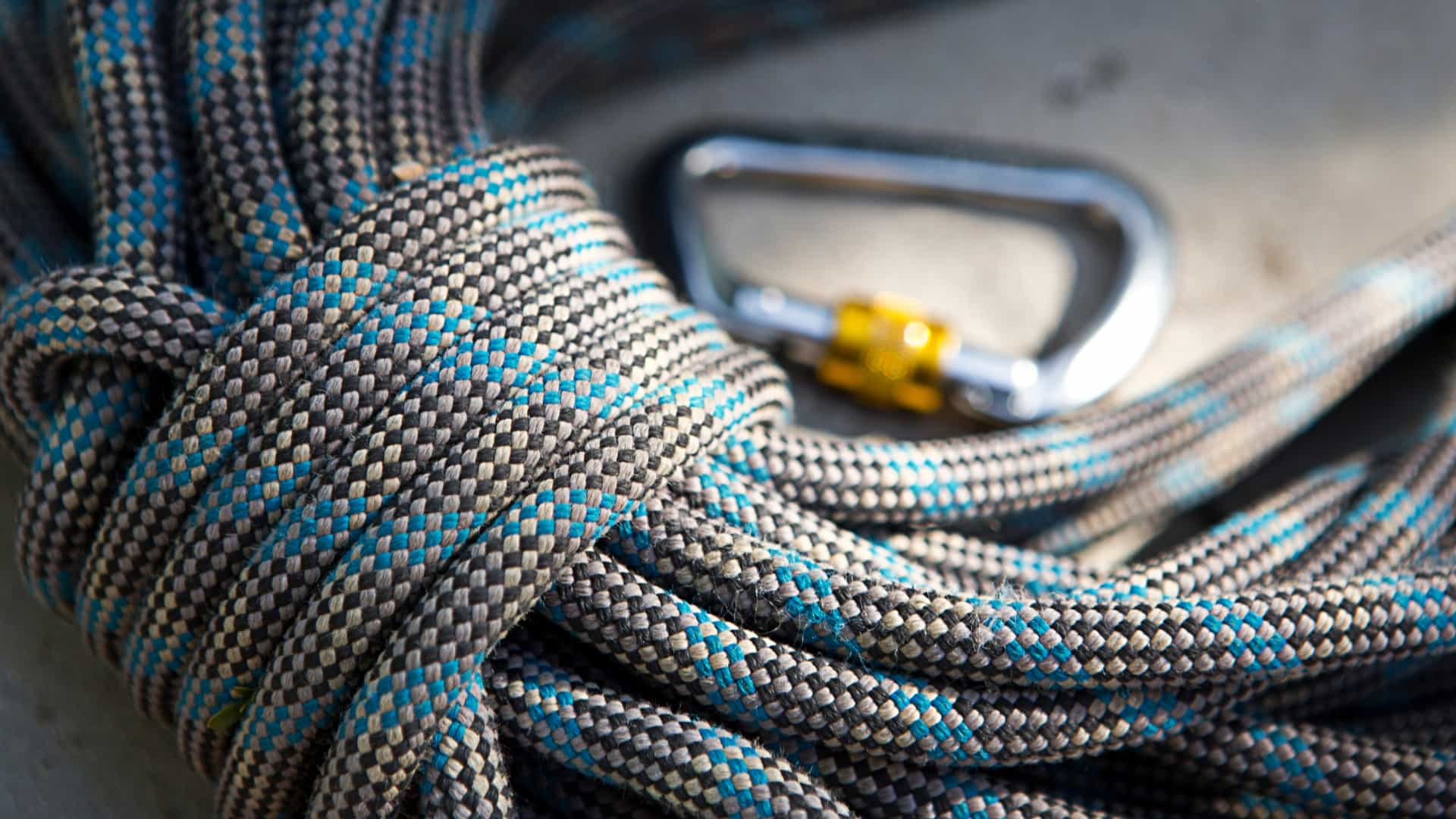
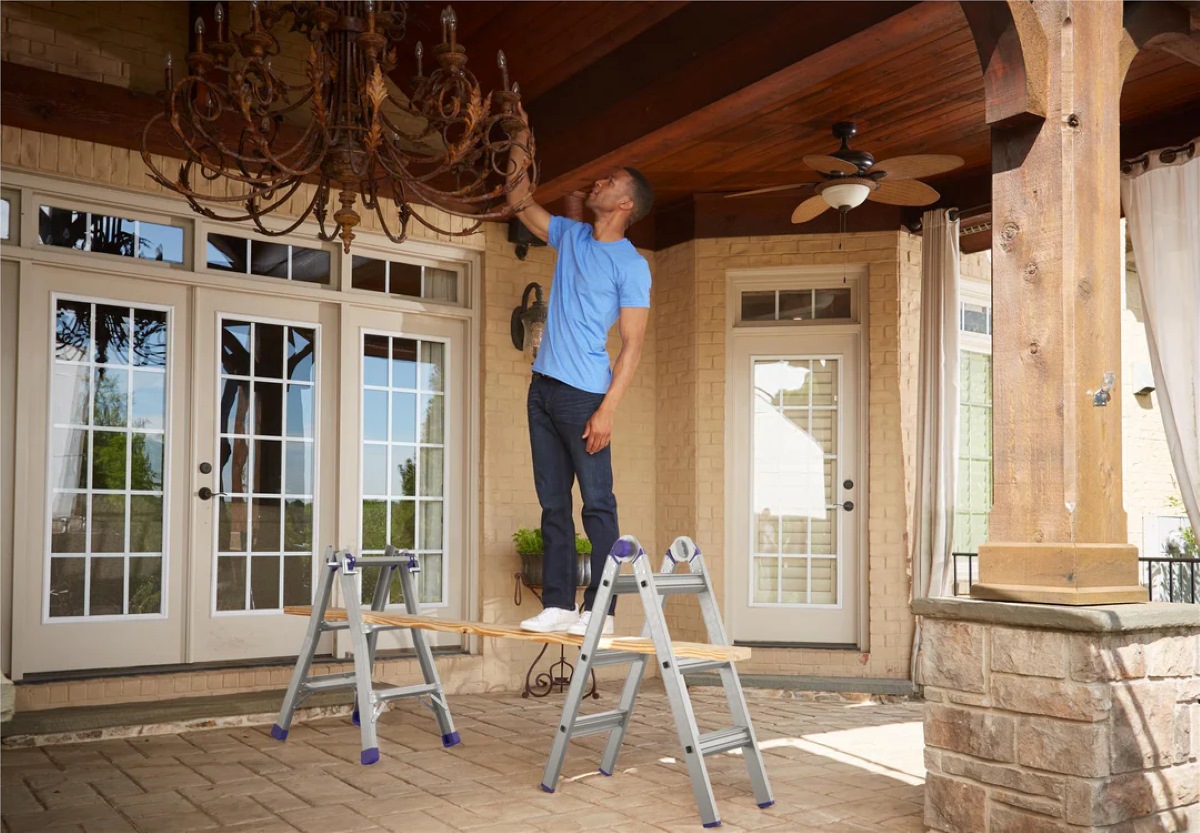

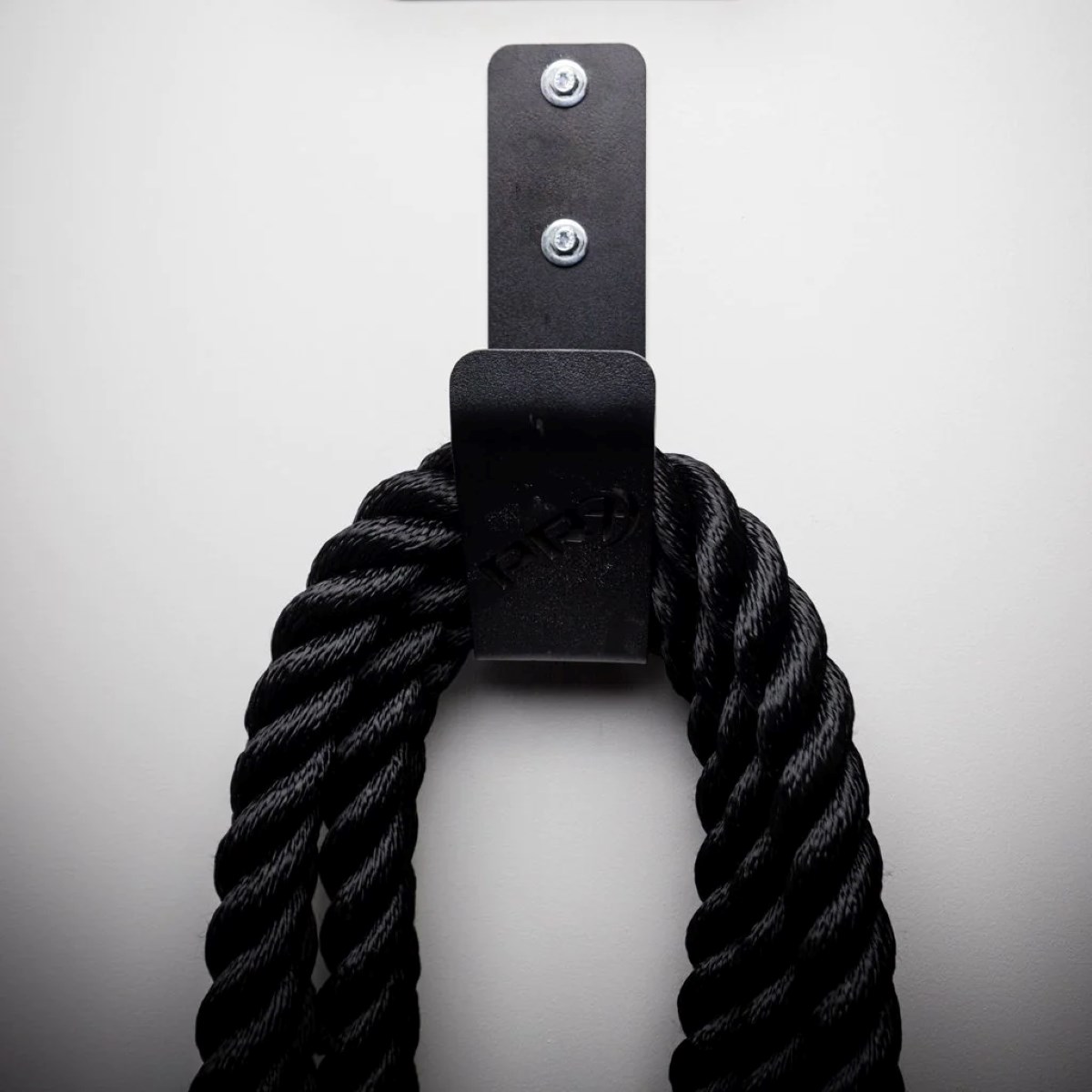
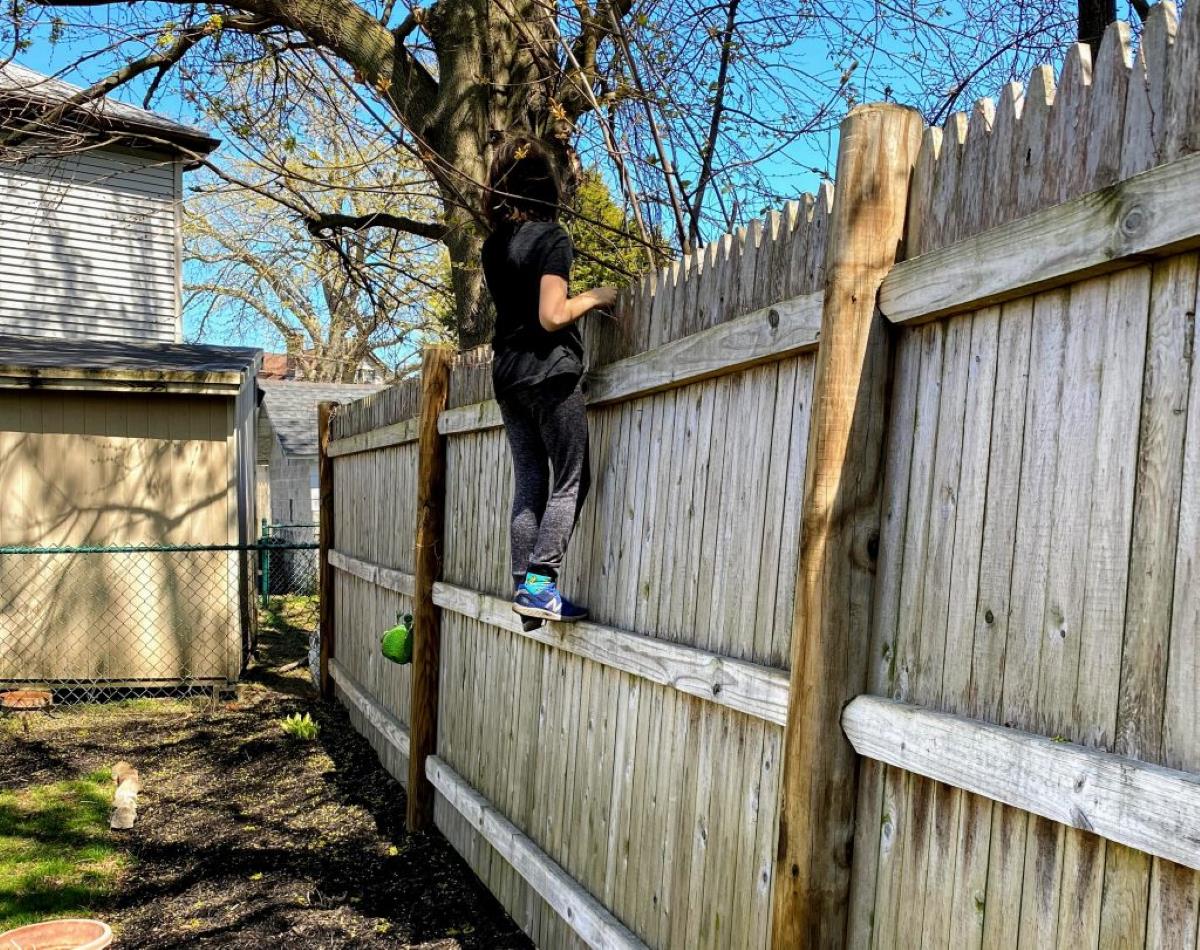

0 thoughts on “How To Climb Rope Ladder”